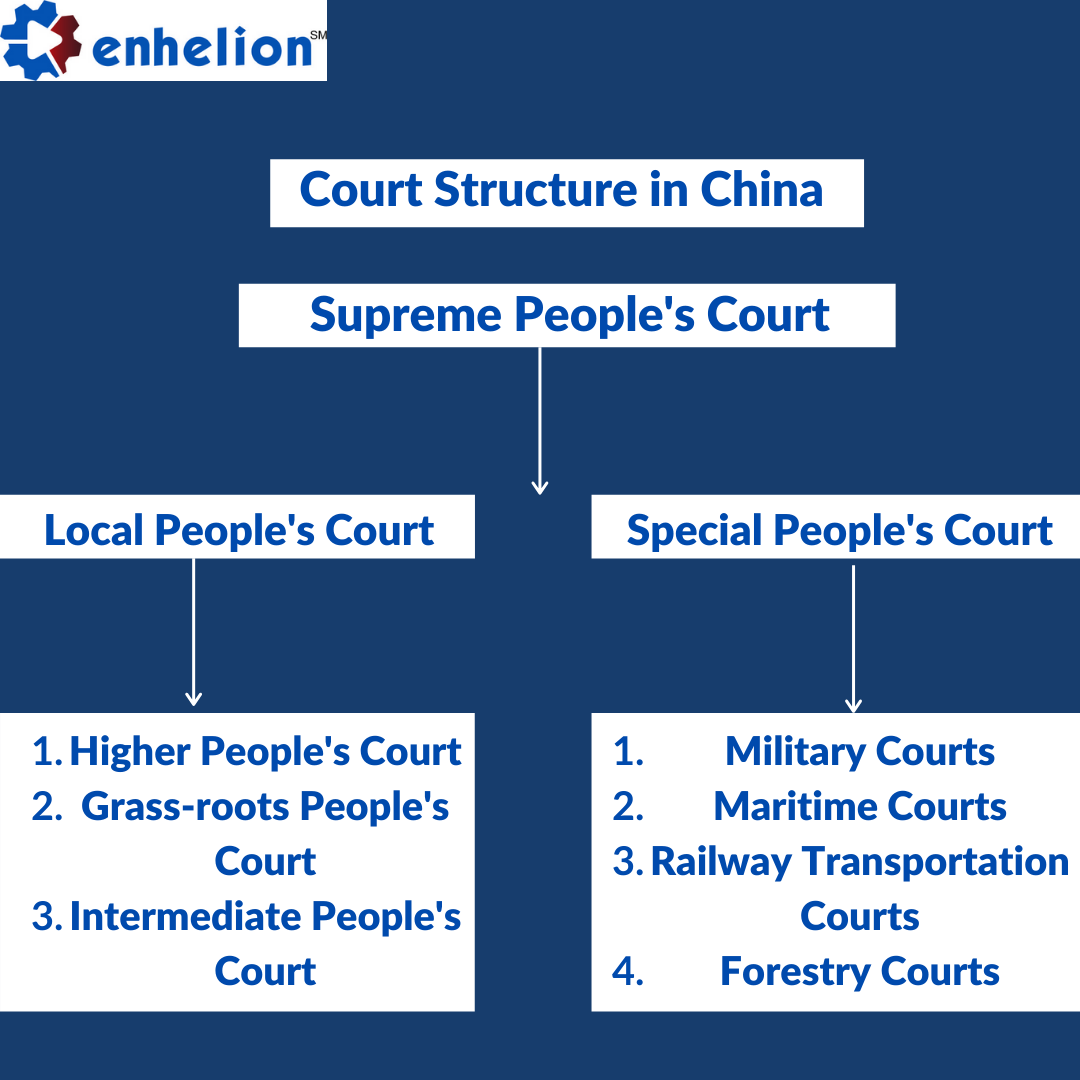By: Chinmay Mehta
INTRODUCTION:
The Limitation Act, 1963, of which the concept of Condonation of Delay is a component, was enacted on 5th October, 1963, which came into force on, 1st January, 1964. The essence behind the statutes of Limitation has been well expressed by Lord Plunkett in the following words,
“Time holds in one hand a scythe; in the other hand an hour-glass. The scythe mows down the evidence of our rights, the hour glass measures the period which renders that evidence superfluous.”
The Object behind the Act is not to create or define causes of action, but simply to prescribe the period within which existing rights can be enforced in Courts of Law.1 The Act is based on the well-known Latin maxim: vigilantibus, nor dormientibus jura subveniunt. This means that the law assists the vigilant, not those who sleep over their rights. The Act in its many Sections and Articles, attempts to put down a comprehensive guide for litigants in matters of Limitation, laying down the many circumstances and periods within which a Suit must be brought the Court of Law, or otherwise, stand to be rejected at the very threshold.
Learn more about Limitation Laws with Enhelion’s Online Law firm certified Course!
The Law of Limitation does not create or extinguish rights, except in case of acquisition of title to immovable property by prescription under Section 27 of the Limitation Act.
However, what if a litigant has, in fact been vigilant, but there were certain circumstances which hindered him in filing his Suit on time? He cannot be deprived of his Right to Sue without any fault on his part, where there were other forces at play preventing him in doing so. This is where the component of Condonation of Delay comes into play.
OVERVEW:
What does Condonation mean, in context of the Limitation Act? In simple terms, Condonation is a discretionary remedy exercised by the Courts of Law wherein on an Application made before it by the party who wishes to have an Appeal/Application admitted after the prescribed period, pleads before the Court “a sufficient cause”, which hindered it to file the Appeal/Application on time.
If satisfied, the Court would then condone the delay, i.e., disregard it and have the Appeal/Application admitted as if no delay has occurred and then proceed to hear it.
Learn more about Limitation Laws with Enhelion’s Online Law firm certified Course!
However, it must be noted, that since the remedy is discretionary in nature, the Court is not bound to condone the delay just because an Application was filed, making out a sufficient cause for the delay. The Court may very well be justified in rejecting the Application, if not satisfied with what’s been averred.
A study of Section 5 of the Act:
The Limitation Act enunciates the principle of Condonation, quite early on, in Section 5 of the Act, which reads as under:
Extension of prescribed period in certain cases—Any appeal or any application, other than an application under any of the provisions of Order XXI of the Code of Civil Procedure, 1908 (5 of 1908), may be admitted after the prescribed period if the appellant or the applicant satisfies the court that he had sufficient cause for not preferring the appeal or application within such period.
Explanation—The fact the appellant or applicant was missed by any order, practise or judgement of the High Court in ascertaining or computing the prescribed period may be sufficient cause within the meaning of this section.
Learn more about Limitation Laws with Enhelion’s Online Law firm certified Course!
The Supreme Court has held that the words “sufficient cause” in Sec. 5 should receive a liberal construction so as to advance substantial justice, when the delay is not on account of any dilatory tactics, want of bonafides, deliberate inaction or negligence on the part of the Appellant.2
The following can be said to constitute sufficient cause in the context of the Act:
- There have been some significant changes in the law of the land.
- The Applicant was suffering from a serious illness.
- The Applicant was undergoing imprisonment.
- The Applicant is a pardanashin
- Delay in procuring copies from officials. Here, it must be shown that the attempt to procure the copy, on the part of the Applicant was vigilantly initiated, but it was because of a delay on the part of the concerned officials, which hindered the Applicant in obtaining it and in filing his Appeal/Application on time.
- The delay was caused on account of any action or inaction on the part of the lawyer and not the litigant.
(The list is by no means, exhaustive. There are several situations which may constitute sufficient cause depending on the facts and circumstances of each case. Since the term has not been defined by the Act itself, the Courts enjoy vast discretion here.)
Also, it must be noted that the Section only governs Appeals and Applications. Thus, if a Suit is filed after the prescribed period, it is liable to be rejected on threshold and no Application seeking Condonation of Delay will be entertained by the Courts. A Suit must always be filed within the Limitation period and not beyond it.
What if a person, in good faith, initiates proceedings in a Court which does not possess the requisite jurisdiction to entertain it? If this is done as a bonafide mistake, the time so consumed in litigating before the wrong Court may be condoned by the Courts at their discretion.
Learn more about Limitation Laws with Enhelion’s Online Law firm certified Course!
Also, if a person, as a bonafide mistake, takes the wrong course of action i.e., files a Writ Petition, when, the right course of action would be to file an Appeal, the time consumed in such Writ Petition may be condoned.3
Applicability under Special Law/Statutes:
A question would arise as to whether the law laid down in Section 5 of the Limitation Act affects the working of the Arbitration and Conciliation Act, 1996. Let’s take Section 34 of the said Act, for instance which speaks about setting aside an Arbitral Award. Clause 3 of the Section states that,
An Application for setting aside may not be made after three months have elapsed from the date on which the party making the Application had received the Arbitral Award or, if a request had been made under Section 33, from the date on which that request had been disposed of by the Arbitral Tribunal. Provided that if the Court is satisfied that the Applicant was prevented by sufficient cause from making the Application within the said period of three months it may entertain the Application within a period of thirty days but not thereafter.
The Himachal Pradesh High Court has, in a case, held that this provision in the Arbitration Act is evidently a substitute for the provisions of Section of the Limitation Act and by necessary implication, it excludes the applicability of Section 5 to Applications under Section 34 of the 1996 Act. The expression ‘but not thereafter’ as used in the proviso expressly debars a court from entertaining an Application for setting aside an award thereafter. Section 5 has no application to a case falling under Section 34(3) of the 1996 Act.4
Learn more about Limitation Laws with Enhelion’s Online Law firm certified Course!
Also, Section 29(2) of the Limitation Act lays down that it would be the governing law as far as Limitation is concerned, unless its working is expressly excluded by the Special Law in question.
The Supreme Court has also held that the crucial words in the language used in Section 34 of the 1996 Act are ‘but not thereafter’, this amounts to express exclusion within the meaning of Section 29(2) of the Limitation Act and would therefore bar the application of that Act, hold otherwise is would render the above phrase wholly otiose. Apart from the language, express exclusion may also follow from the scheme and object of the special or local law.5
Relevant Judgements:
- Collector Land Acquisition v. Mst. Katiji & Ors 6:
The Supreme Court laid down certain guidelines which need to be followed while administering the doctrine of Condonation of Delay:
- Ordinarily, the litigant does not stand to benefit by instituting an appeal late.
- If the Court is refusing to condone the delay, it can result in a meritorious matter being discarded and the roots of justice being defeated, However, when a delay is condoned, the highest that can happen is that the case will be decided on merits i.e., a decision based on evidence rather than on technical and procedural grounds.
- “Every day’s delay must be explained”, does not mean the doctrine is to be applied in an irrational manner. It must be applied in a sensible manner and not literally.
- Between substantial justice and technical considerations, the former deserves to be preferred for the other. Other side cannot claim that injustice is done because of a bonafide delay.
- There is no presumption that the delay is caused deliberately. The litigant has nothing to gain by resorting to delays and to run a serious risk.
- New India Insurance Co. Ltd. v. Smt. Shanti Misra 7:
It was enunciated by the Supreme Court here, that the discretion conferred by Section 5 cannot be interpreted in a way that it converts a discretionary remedy into a rigid rule. Also, it was held that the term “sufficient cause” is something which cannot be defined by hard and fast rules.
- Vedabai alias Vaijayantabai Baburao Patil v. Shantaram Baburao Patil and others 8:
The Supreme Court held, inter alia, that: in exercising discretion under sec. 5 of the Limitation Act, the Courts should adopt a pragmatic approach. A distinction must be made between a case where the delay is inordinate and a case where the delay is of a few days. Whereas in the former case the considerations of prejudice to the other side will be a relevant factor so that the case calls for a more cautious approach but in the latter case no such consideration may arise and such a case deserves a liberal approach. No hard and fast rule can be laid down in this regard. The Court has to exercise the discretion on the facts of each case keeping mind that in construing the expression “sufficient cause” the principle of advancing substantial justice is of prime importance.
Learn more about Limitation Laws with Enhelion’s Online Law firm certified Course!
- Ramlal v. Rewa Coalfields Ltd.9:
It was held that want of diligence till the last date of limitation would not disqualify a person from applying for condonation of delay. Therefore, the delay that requires to be explained is from the date the time was running out till the date of filing appeal or the application, as the case may be.
Conclusion:
Thus, it can be said that the Limitation Act does take care of and looks into all the exigencies and circumstances which go about in filing a case on time. A delay does not mean you are deprived of your Right to Litigate. On the other hand, it also takes care of circumstances where it would not actually be in the interests of justice to condone a delay, by giving ample discretion to the Courts in that regard. A study of the judgements as compiled above, also reflects that this discretion is more or less applied with care and caution and in keeping in view, the fair principles of justice. Having said that, we as litigants must take note of the fact, that there are sound reasons behind filing a case on time and it would not only be in the interests of justice but also in our collective interests to be vigilant in recognizing our rights and making sure we do not make use of these broad parameters and leeway given by the law for unlawful gains and benefits but, in fact, (and law) use them judiciously.
1 Liv v. Ramji, 3 Bom. 207
2 Perumon Bhagvathy Devasom v. Bhargavi Amma (2008) 8 SCC 321
3 Bhansali v. State of Madras, A.I.R. 1968, Mad. 373
4 State of Himachal Pradesh v. M/s Kataria Builders, 2003(1) CCC 169 (H.P)
5 Bhansali v. State of Madras, A.I.R. 1968, Mad. 373
6 1987 A.I.R. 1353, 1987 S.C.R. (2) 387
7 1976 A.I.R. 237, 1976 SCR (2) 266
8 A.I.R. 2001 SC 2582: 2001 (5) Supreme 266: 2001 (5) JT 608
9 A.I.R. 1962 SC 361
Learn more about Limitation Laws with Enhelion’s Online Law firm certified Course!


